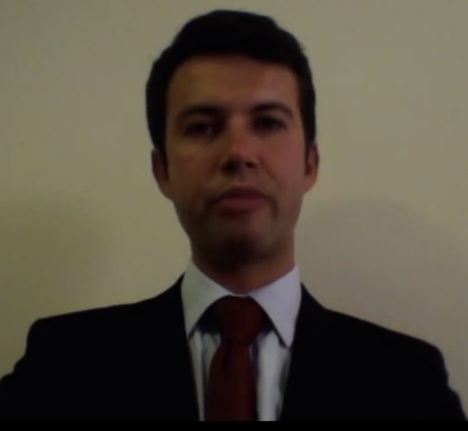Article of the Week: Minimum five-year follow-up of 1,138 consecutive laparoscopic radical prostatectomies
Every week the Editor-in-Chief selects the Article of the Week from the current issue of BJUI. The abstract is reproduced below and you can click on the button to read the full article, which is freely available to all readers for at least 30 days from the time of this post.
In addition to the article itself, there is an accompanying editorial written by a prominent member of the urological community. This blog is intended to provoke comment and discussion and we invite you to use the comment tools at the bottom of each post to join the conversation.
Finally, the third post under the Article of the Week heading on the homepage will consist of additional material or media. This week we feature a video from Ricardo Soares, discussing his paper.
If you only have time to read one article this week, it should be this one.
Minimum five-year follow-up of 1,138 consecutive laparoscopic radical prostatectomies
OBJECTIVES
To investigate the long-term outcomes of laparoscopic radical prostatectomy (LRP).
PATIENTS AND METHODS
In all, 1138 patients underwent LRP during a 163-month period from 2000 to 2008, of which 51.5%, 30.3% and 18.2% were categorised into D’Amico risk groups of low-, intermediate- and high-risk, respectively. All intermediate- and high-risk patients were staged by preoperative magnetic resonance imaging or computed tomography and isotope bone scanning, and had a pelvic lymph node dissection (PLND), which was extended after April 2008. The median (range) patient age was 62 (40–78) years; body mass index was 26 (19–44) kg/m2; prostate-specific antigen level was 7.0 (1–50) ng/mL and Gleason score was 6 (6–10). Neurovascular bundle was preservation carried out in 55.3% (bilateral 45.5%; unilateral 9.8%) of patients.
RESULTS
The median (range) gland weight was 52 (14–214) g. The median (range) operating time was 177 (78–600) min and PLND was performed in 299 patients (26.3%), of which 54 (18.0%) were extended. The median (range) blood loss was 200 (10–1300) mL, postoperative hospital stay was 3 (2–14) nights and catheterisation time was 14 (1–35) days. The complication rate was 5.2%. The median (range) LN count was 12 (4–26), LN positivity was 0.8% and the median (range) LN involvement was 2 (1–2). There was margin positivity in 13.9% of patients and up-grading in 29.3% and down-grading in 5.3%. While 11.4% of patients had up-staging from T1/2 to T3 and 37.1% had down-staging from T3 to T2. One case (0.09%) was converted to open surgery and six patients were transfused (0.5%). At a mean (range) follow-up of 88.6 (60–120) months, 85.4% of patients were free of biochemical recurrence, 93.8% were continent and 76.6% of previously potent non-diabetic men aged <70 years were potent after bilateral nerve preservation.
CONCLUSIONS
The long-term results obtainable from LRP match or exceed those previously published in large contemporary open and robot-assisted surgical series.



